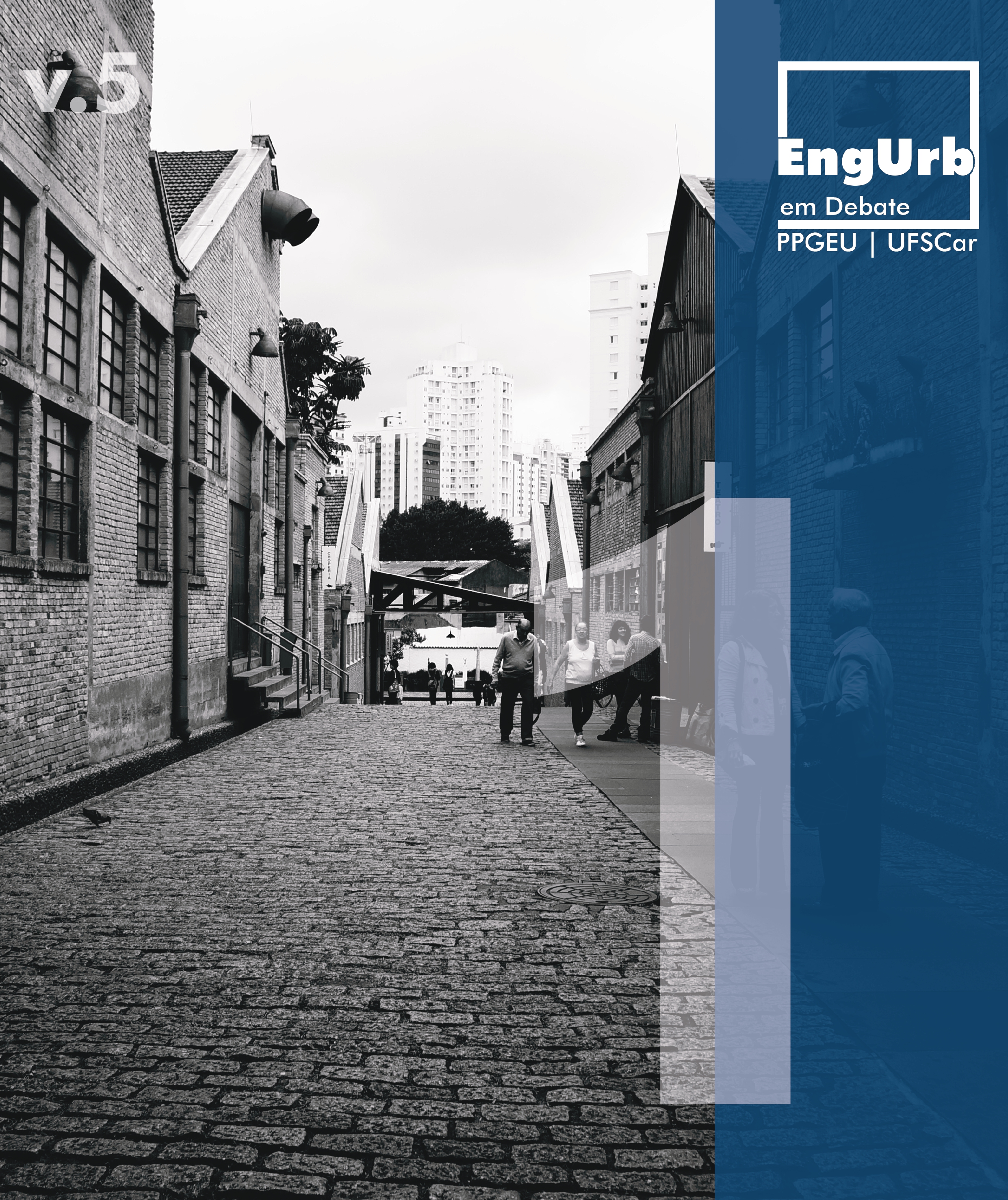PLUVIOMETRIC AND SURFACE RUNOFF MONITORING IN URBAN AREAS
DOI:
https://doi.org/10.14244/engurbdebate.v5i1.125Keywords:
Monitoramento hidrológico, Equipamentos, Calibração e manutençãoAbstract
Precipitation is a phenomenon that involves spatial and temporal variations that make its quantification difficult. Surface runoff, in general, is obtained indirectly through level measurement, which is also susceptible to temporal variations. However, the measurement scales are much larger than those found in pluviometry. In addition to the characteristics of the events, there are other intervening factors, such as the measurement process used by the chosen equipment, the knowledge of the measurement processes, the installation location, the observer's training, etc. Questions related to calibration, installation, maintenance, operation, and measurement quality were raised from laboratory and field tests using fully electronic pluviometric and level measurement equipment.
The results of these evaluations illustrate the behavior of this type of equipment and the monitoring possibilities in urban environments. Numerous tests were conducted, and even so, the devices are not completely understood. Users of hydrological data typically do not concern themselves sufficiently with the quality of the records. The average errors found for the pluviographs ranged from -4.76% for 3.7 mm/h to 1.13% for 78 mm/h. The measurement interval affects precision, as with a small interval, the precipitated height is also small, falling into the range of higher error. For small water depths, the linigraph produces larger errors. These devices greatly facilitate monitoring when compared to conventional recorders. The installation of the electronic linigraph is notably simpler. The proposed installation of the pluviographs at 5.5 meters from the ground, although outside recommendations, made data collection feasible. Both electronic linigraphs and pluviographs have greater measurement autonomy and facilitate data manipulation, as they are stored in files. However, they require greater technician training and other care in operation and maintenance. The difficulties encountered and the method used to establish the rating curves are also presented.
References
BARBASSA, A. P. Simulação do efeito da urbanização sobre a drenagem pluvial na cidade de São Carlos - SP. 1991. Tese (Doutorado) - Universidade de São Paulo, São Carlos, 1991.
BARBASSA, A.P., RIGHETTO, A.M. Cálculo Hidrodinâmico em Rede de Canais Urbanos, In: Simpósio de Recursos Hídricos do Cone Sul e X Simpósio Brasileiro de Recursos Hídricos, 1, Gramado, RS, Nov. 1993. ABRHidro, anais. vol.3 p.515-524.
BRASIL. Departamento Nacional de Águas e Energia Elétrica. Manual para serviços de hidrometria. São Paulo, 1977. 95p.
TUCCI, C.E.M. (org) et al. Hidrologia - Ciência e Aplicação, 1993, Porto Alegre: Ed. da UFRGS / ABRHidro, 1993, 943 p.
BARBASSA, A. P.. Monitoramento Pluviométrico e de Escoamento Superficial em Áreas Urbanas. In: Seminário Internacional de Manejo de Águas Pluviais Urbanas, 1997, Santa Fé - Argentina. Anais do Seminário Internacional de Manejo de Águas Pluviais Urbanas, 1997. v. 1.
Downloads
Published
How to Cite
Issue
Section
License
Copyright (c) 2024 Ademir Paceli Barbassa

This work is licensed under a Creative Commons Attribution-NonCommercial-ShareAlike 4.0 International License.





